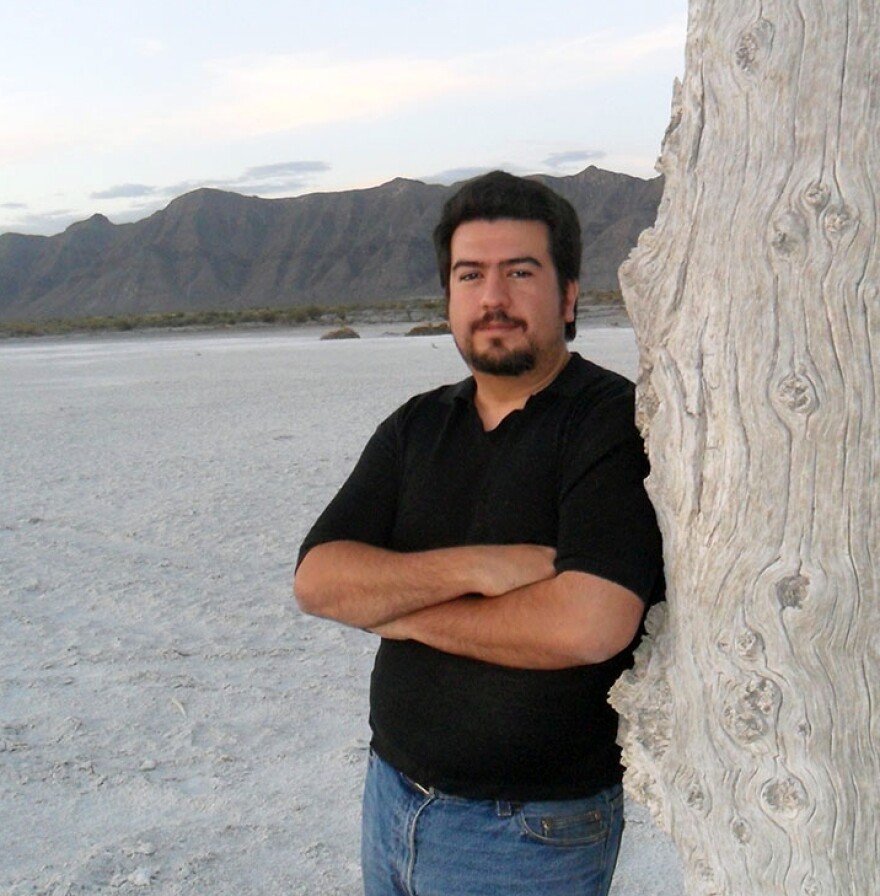Stereotypes of Mexican villains like bandits and drug lords have long been present in American film, literature and music. They often depict a culture of violence on the frontier that is based on revenge and the law.
These violent myths in mainstream media can have much larger repercussions in the real world.
Rafael Acosta Morales, an associate professor of Spanish at the University of Kansas, is the author of "Drug Lords, Cowboys, and Desperadoes: Violent Myths of the U.S.-Mexico Frontier. "
The book analyzes how violent archetypes of Mexican and Mexican Americans have been translated on the page and on the screen.

Acosta said the violence associated with his hometown of Piedras Negras, Mexico, inspired him to write about the topic.
“I always feel that the way we engage discursively with this violence is very unproductive,” he said. “It seldom focuses on how it takes place or why it takes place. Mostly we talk about it in ways that just seem to replicate it.”
From John Wayne to Clint Eastwood, the heroism of cowboys in the Old West — and their fight against the Mexican antagonists — has been glamorized in countless Westerns.
Acosta described how several of these depictions use a common technique to justify the violent actions against Mexicans and Mexican Americans.
“When I analyze cowboys and we look at cowboy stories, both real and fictional, we find that they are always related to trauma,” he said. “Trauma is an element that has become so crucial for American stories.”




